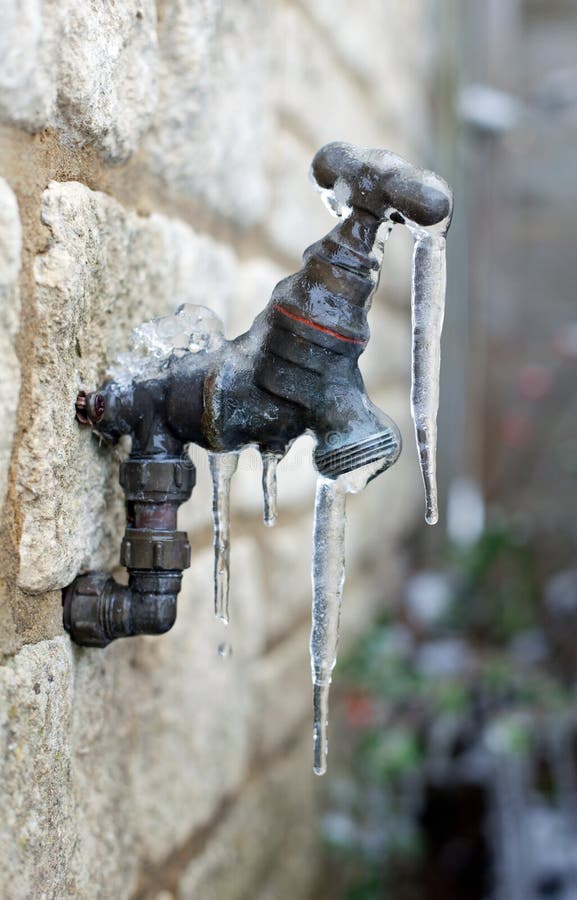How to Prevent Frozen Pipes in Cold Weather: Pro Tips
How to Prevent Frozen Pipes in Cold Weather: Pro Tips
Blog Article
This article down the page in relation to Preventing and dealing with frozen pipes is totally stimulating. You should check it out.

Winter can damage your plumbing, specifically by freezing pipelines. Right here's how to stop it from occurring and what to do if it does.
Intro
As temperature levels decrease, the risk of frozen pipes boosts, possibly resulting in expensive fixings and water damages. Understanding how to prevent frozen pipelines is crucial for home owners in cold climates.
Understanding Frozen Pipelines
What creates pipelines to freeze?
Pipelines freeze when subjected to temperatures below 32 ° F (0 ° C) for expanded durations. As water inside the pipelines freezes, it increases, putting pressure on the pipe walls and potentially causing them to break.
Threats and problems
Icy pipes can result in water supply disturbances, property damage, and pricey fixings. Burst pipes can flooding homes and trigger extensive structural damages.
Indicators of Frozen Pipes
Identifying frozen pipelines early can avoid them from rupturing.
How to recognize icy pipelines
Search for decreased water flow from faucets, uncommon smells or sounds from pipelines, and noticeable frost on subjected pipelines.
Prevention Tips
Insulating vulnerable pipes
Wrap pipes in insulation sleeves or utilize heat tape to shield them from freezing temperature levels. Focus on pipelines in unheated or outside locations of the home.
Heating strategies
Maintain indoor spaces adequately warmed, particularly locations with pipes. Open closet doors to allow warm air to flow around pipes under sinks.
Shielding Exterior Pipes
Yard hoses and outside taps
Separate and drain pipes yard hoses before winter months. Mount frost-proof faucets or cover outdoor faucets with protected caps.
What to Do If Your Pipes Freeze
Immediate actions to take
If you suspect icy pipelines, keep taps open up to alleviate pressure as the ice melts. Utilize a hairdryer or towels soaked in hot water to thaw pipes gradually.
Long-Term Solutions
Architectural adjustments
Think about rerouting pipelines far from exterior walls or unheated locations. Add extra insulation to attic rooms, cellars, and crawl spaces.
Updating insulation
Buy high-quality insulation for pipelines, attics, and walls. Appropriate insulation helps keep constant temperature levels and minimizes the risk of frozen pipelines.
Conclusion
Protecting against icy pipelines calls for aggressive procedures and fast feedbacks. By recognizing the causes, signs, and safety nets, house owners can safeguard their pipes throughout winter.
5 Ways to Prevent Frozen Pipes
Drain Outdoor Faucets and Disconnect Hoses
First, close the shut-off valve that controls the flow of water in the pipe to your outdoor faucet. Then, head outside to disconnect and drain your hose and open the outdoor faucet to allow the water to completely drain out of the line. Turn off the faucet when done. Finally, head back to the shut-off valve and drain the remaining water inside the pipe into a bucket or container. Additionally, if you have a home irrigation system, you should consider hiring an expert to clear the system of water each year.
Insulate Pipes
One of the best and most cost-effective methods for preventing frozen water pipes is to wrap your pipes with insulation. This is especially important for areas in your home that aren’t exposed to heat, such as an attic. We suggest using foam sleeves, which can typically be found at your local hardware store.
Keep Heat Running at 65
Your pipes are located inside your walls, and the temperature there is much colder than the rest of the house. To prevent your pipes from freezing, The Insurance Information Institute suggests that you keep your home heated to at least 65 degrees, even when traveling. You may want to invest in smart devices that can keep an eye on the temperature in your home while you’re away.
Leave Water Dripping
Moving water — even a small trickle — can prevent ice from forming inside your pipes. When freezing temps are imminent, start a drip of water from all faucets that serve exposed pipes. Leaving a few faucets running will also help relieve pressure inside the pipes and help prevent a rupture if the water inside freezes.
Open Cupboard Doors
Warm your kitchen and bathroom pipes by opening cupboards and vanities. You should also leave your interior doors ajar to help warm air circulate evenly throughout your home.

I am very intrigued by Preventing and dealing with frozen pipes and I am praying you appreciated my blog posting. Feel free to take the opportunity to distribute this article if you liked it. Many thanks for taking the time to read it.
Get An Estimate Report this page